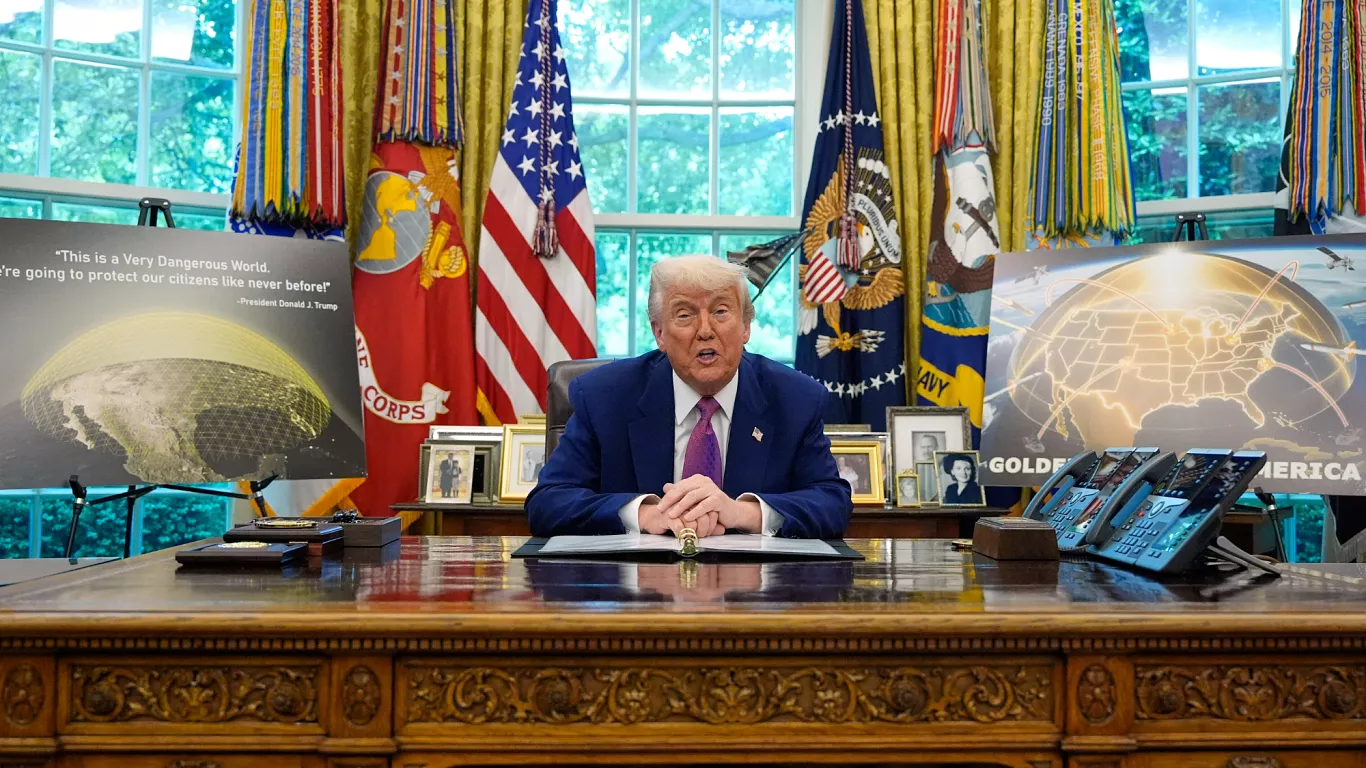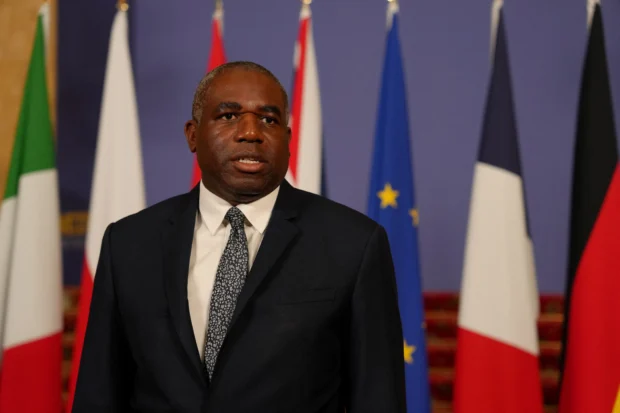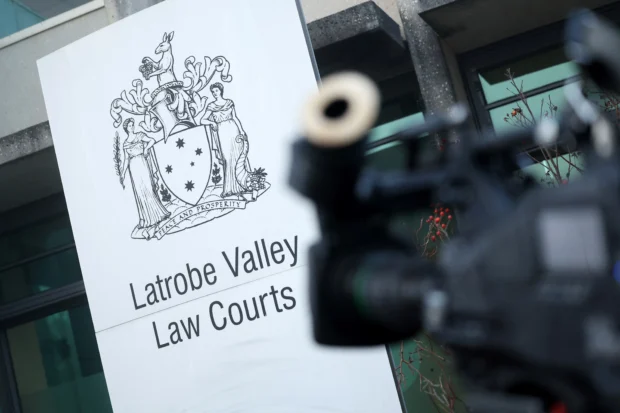
US President Donald Trump has announced the selection of a design for the new “Golden Dome” missile defense system, stating it will be operational before his term ends.
Trump revealed plans for the system shortly after his January return to the White House. The system aims to counter “next-generation” aerial threats including ballistic and cruise missiles.
An initial $25bn (£18.7bn) has been allocated in a new budget bill, though government estimates suggest total costs could reach $500bn over decades.
Questions remain about the feasibility of developing a comprehensive defense system for the country’s vast territory.
Officials note that current systems have failed to keep pace with increasingly sophisticated weapons developed by potential adversaries. The Defense Intelligence Agency recently warned that missile threats “will expand in scale and sophistication,” with China and Russia designing systems “to exploit gaps” in US defenses.
One week into his second administration, Trump directed the defense department to submit plans for a system to deter and defend against aerial attacks, which the White House described as “the most catastrophic threat” to the US.
In an Oval Office statement Tuesday, Trump explained the system would incorporate “next-generation” technologies across land, sea and space, including space-based sensors and interceptors. He stated the system would be “capable even of intercepting missiles launched from the other side of the world, or launched from space.”
The Golden Dome draws inspiration from Israel’s Iron Dome, which has intercepted rockets and missiles since 2011. However, the US system would be substantially larger and designed to combat a wider range of threats, including hypersonic weapons and fractional orbital bombardment systems that could deliver warheads from space.
“Israel’s missile defense challenge is a lot easier than one in the United States,” Marion Messmer, a Chatham House senior research fellow, told the New York Times. “The geography is much smaller and the angles and directions and the types of missiles are more limited.”
According to Shashank Joshi, the Economist’s defense editor, the Golden Dome would likely operate using thousands of satellites to detect and track missiles, then deploy orbital interceptors to eliminate threats during launch.
While Trump projects completion during his term, Joshi noted this timeline is unrealistic and the project would consume a significant portion of the defense budget.
Trump announced the program would require an initial $25bn investment, with total costs reaching $175bn over time. However, the Congressional Budget Office estimates government spending could reach $542bn over 20 years for just the space-based components.
Trump mentioned that Canada has requested to join the system. During a Washington visit earlier this year, then-Canadian defense minister Bill Blair confirmed Canada’s interest, stating participation “makes sense” and served the country’s “national interest.”
Defense officials indicate the system’s various components will operate under one centralized command, with Space Force General Michael Guetlein overseeing the project.












Be the first to leave a comment